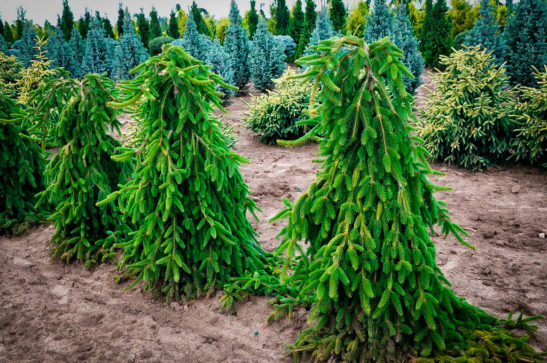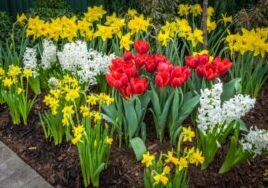Enjoying the Beauty of Outside Inside
By bridget|2024-11-22T17:00:33+00:00November 2nd, 2024|Categories: General, Landscaping, Money Saving Tips, Plants|
Comments Off on Enjoying the Beauty of Outside Inside
Fall Means Bulbs!
By joanne|2024-09-14T16:05:48+00:00October 1st, 2024|Categories: Gardening, Landscaping, Plants|
Comments Off on Fall Means Bulbs!



